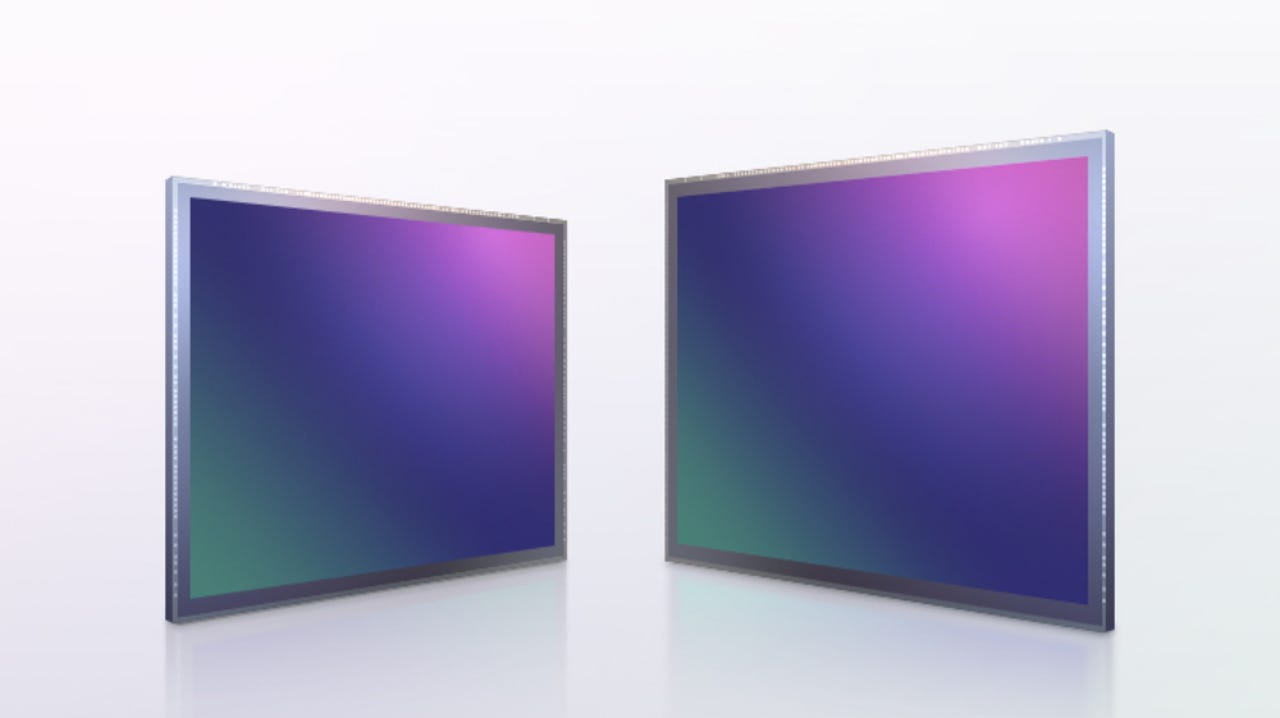Samsung just built this giant 200 megapixel smartphone camera sensor


The Isocell HP1 can transform into a 12.5MP sensor with larger pixels by merging 16 adjacent pixels.
Samsung has announced a massive 200 megapixel (MP) resolution camera sensor that will likely ship on future Android smartphones to compete with the Apple iPhone.
The new high-powered sensor, dubbed Isocell HP1, bests the top cameras available in today's smartphones and sets a new record for its pixel tech to improve auto focus and low-light snaps.
ZDNET Recommends
For low-light photography, the Samsung's Isocell HP1 uses a pixel-binning technology that uses a two-by-two, four-by-four or full pixel layout depending on the environment, according to Samsung.
SEE: The best Samsung phones: Which model should you buy?
The Isocell HP1 can transform into a 12.5MP sensor with larger pixels by merging 16 adjacent pixels.
It's a pixel technique that Apple didn't use in the iPhone 12, but which several Android phone brands are using to improve the color in an image from from a singe pixel. It does this by creating a smaller number of higher quality pixels.
Samsung has used pixel binning to improve photos in the Galaxy S21 Ultra with its 108MP camera sensor, per ZDNet sister site CNET.
Pixel binning bolsters an image sensor's flexibility to handle different light conditions by changing how the image sensor gathers light. It also includes image-processing algorithms that transform the sensor's raw data into a photo or video.
Pixel binning combines data from groups of pixels on the sensor to create, in effect, a smaller number of higher-quality pixels.
CNET's Stephen Shankland's verdict on the technique is that it's "mostly" not a gimmick but that it allows phone makers like Samsung. Huawei and Xiaomi, which uses Samsung's pixel binning technology, to boast about megapixel numbers that beat DSLR cameras.
SEE: Android 12: New feature allows you to control the UI with face gestures via phone's camera
As Samsung explains, the pixels created by the technique can absorb more light and translate to brighter and clearer photos in low-light conditions. It notes the sensor can capture ultra-high definition images on smartphones and do it more efficiently.
"The ISOCELL HP1 can take 8K videos at 30 frames-per-second (fps) with minimum loss in the field of view. The HP1 merges four neighboring pixels to bring the resolution down to 50MP or 8,192 x 6,144 to take 8K (7,680 x 4,320) videos without the need to crop or scale down the full image resolution," says Samsung in a press release.
Samsung's pixel breakthrough is potentially good news for the Android smartphone ecosystem, which compete on a phone's most important feature: the camera. Samsung's imaging tech, along with 5G, is also an important part of its consumer electronics business for its own Galaxy smartphones and for rival mobile companies.